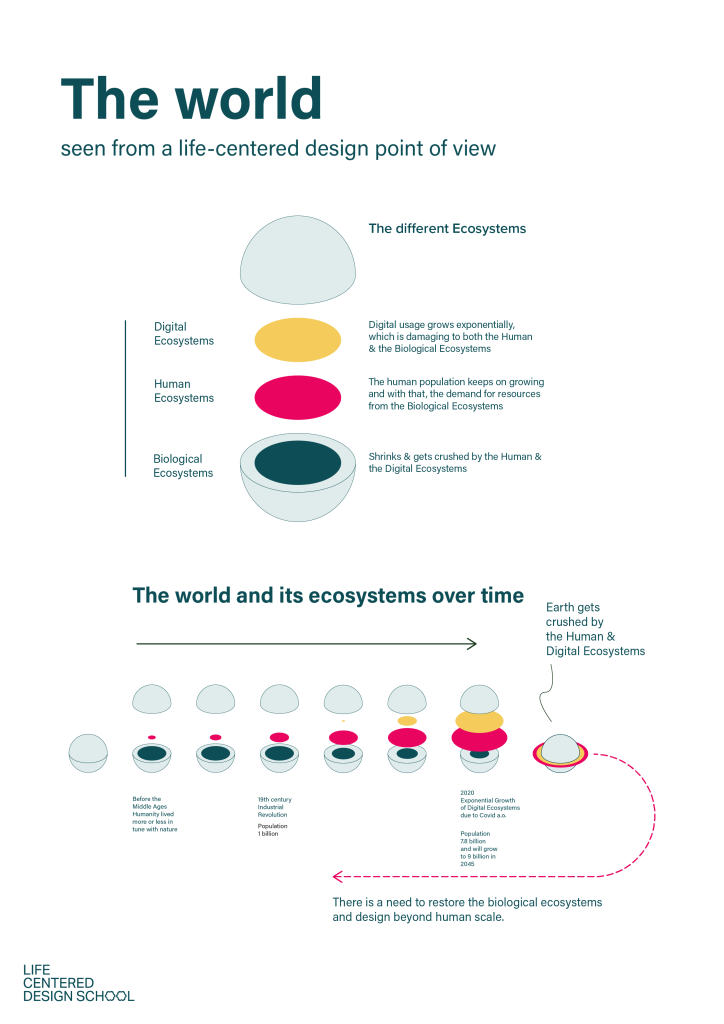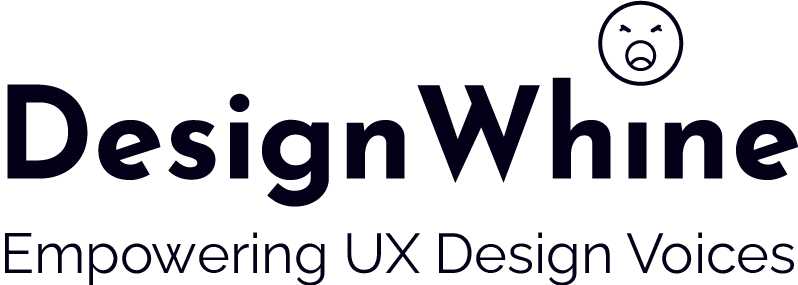Jeroen Spoelstra is a design visionary at the forefront of a transformative movement towards life-centered design—a holistic approach that prioritizes the well-being of all living systems, not just humans. As co-founder of the Life-Centered Design School, he advocates for a shift in perspective that encourages designers to see nature as an integral partner in the creative process. This philosophy acknowledges the interconnectedness of ecosystems and urges designers to consider the ripple effects of their creations on both the environment and human health.
Through his work, Spoelstra empowers a new generation of designers to move beyond merely creating aesthetically pleasing products. Instead, he inspires them to develop regenerative solutions that restore ecosystems and promote sustainability. In an era defined by ecological awareness, Spoelstra’s vision is not just about addressing human challenges; it’s about fostering a harmonious relationship between design, nature, and communities.
- What motivated your shift from human-centered design to life-centered design, and how do you see this transition impacting the future of design practices?
- How can digital tools and technologies be leveraged to promote life-centered design? Any particular technology that you find especially beneficial in this context?
- What are some of the biggest challenges you face when advocating for digital sustainability within the framework of life-centered design?
- What trends do you foresee in the intersection of digital design and sustainability over the next decade? How should designers prepare for these changes?
- How do you measure the impact of life-centered design initiatives on both ecological and social levels?
- What is your vision for the future of design education, particularly regarding sustainability and ecological responsibility?
What motivated your shift from human-centered design to life-centered design, and how do you see this transition impacting the future of design practices?
Jeroen: Since 2010, I have advocated for Human-Centered Design and worked on social, sustainable, and educational themes. I thought I was doing a great job. It wasn’t until I moved from Haarlem, the Netherlands, to the mountains in Spain that I realised human-centred design wasn’t so sustainable after all.
My context shifted from the living in an urban environment surrounded by concrete, people and information overload to a tiny village in the Spanish Pyrenees surrounded by nature, wildlife and impressive mountains. Here, I, for the first time, experienced the impact of climate change and the impact on invisible communities.
Since moving to the mountains, nature has become an integral part of our daily lives. We’ve embraced seasonal living and are increasingly aware of the impacts of climate change and mass tourism. Nature continues to provide endless inspiration for our design work. However, it wasn’t until my wife Marcela Xirinachs and I discovered Life-Centered Design in 2020 that we figured out how to make nature the centrepiece of our creative adventures.

We knew we had to follow that path. We define Life-Centered Design as an actionable design approach that gives designers and other creatives the mindset, opportunity and ability to include all life forms in their work and advocate for biological ecosystems and invisible communities. LCD transitions from creating value for the end user & shareholders towards adding value for nature, communities and the economy.
How can digital tools and technologies be leveraged to promote life-centered design? Any particular technology that you find especially beneficial in this context?
Jeroen: I have double feelings when it comes to the use of technology. On the one hand, it is great that we have social media, which allows us to reach people worldwide and grow our community. LinkedIn has been amazing for that.
On the other hand, I am very weary of AI, for example. Where AI and many other technological tools try to make our lives faster and more efficient, it makes us also disconnect from the lives around us. AI, in particular, has devastating consequences regarding climate change. With Life-Centered Design we promote slowing down, and reconnecting with nature, your community and the products around you to design better answers, so technology that helps with that is great for us. For example, technology that helps us understand the impact on nature is great.
What are some of the biggest challenges you face when advocating for digital sustainability within the framework of life-centered design?
Jeroen: One of the biggest challenges is understanding the impact of digital product development and use on our ecosystems. It is hard to say if this specific species is affected by this digital product use on this part of the planet. We use an ecosystem mindmap that helps with this understanding
What trends do you foresee in the intersection of digital design and sustainability over the next decade? How should designers prepare for these changes?
Jeroen: AI will greatly impact the intersection of digital design and sustainability. I hope we will be able to develop ways to use AI in a life-centered and regenerative way. Next to this, I see a trend of more and more people wanting less technology around them that is not addictive and connected to algorithms. The Light Phone is a beautiful example of this.
How do you measure the impact of life-centered design initiatives on both ecological and social levels?
Jeroen: Measuring impact starts with understanding what impact you want to make and on whom or what. We use an Impact Mapping Method that first allows you to plot the intended impact on Nature, Community and Economy affected by your design. Then, we look at whether that impact can be directly influenced by our design actions or indirectly and if that is short-term or long-term. When you understand that you can alter your design and start finding the right ways to measure the impact. And ways to measure depending on the topic, scale and context of your design project.
What is your vision for the future of design education, particularly regarding sustainability and ecological responsibility?
Jeroen: I see an increase in interest in life-centered design, among other more holistic approaches that include more than the human world and non-human personas. All aspects of design Graphics, Product/ Industrial, Interaction, Systems and Life have a role to play in advocating and taking action regarding sustainability and ecological responsibility this starts with education, but the learning needs to continue into the professional world and even next developing sustainable and regenerative skills & mindset we need to develop ourselves as professionals and the Inner Development Goals framework is a great starting point.









